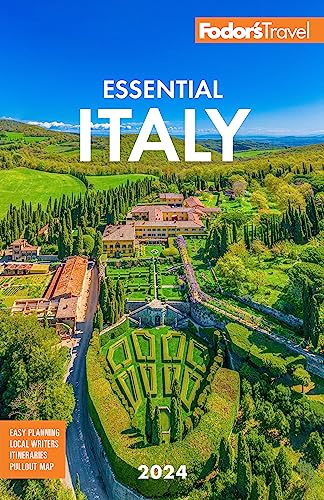Although Capri leaves you breathless with its charm and beauty, Ischia (pronounced "EES-kee-ah, "with the stress on the first syllable), also called the Isola Verde (Green Island)—not, as is often believed, because of its lush vegetation, but for its typical green tuff rock—takes time to cast its spell. In fact, an overnight stay is definitely not long enough; you have to look harder for the signs of antiquity, the traffic can be reminiscent of Naples, and the island displays all the hallmarks of rapid, uncontrolled urbanization. Ischia does have many jewels, though. There are the wine-growing villages beneath the lush volcanic slopes of Monte Epomeo, and unlike Capri, the island enjoys a life of its own that survives when the tourists head home. Ischia has some lovely hotel-resorts high in the hills, offering therapeutic programs and rooms with dramatic views. If you want to plunk down in the sun for a few days and tune out the world, go down to sea level: against the towering backdrop of Monte Epomeo with one of the island's inviting beaches—or natural hot baths—close at hand, you might wonder what Emperor Augustus could have been thinking when he surrendered Ischia to the Neapolitans in return for Capri.
Ischia is volcanic in origin, with thermal springs said to cure whatever ails you. Today the island's main industry, tourism, revolves around the more than 100 thermal baths, most of which are attached to hotels. In the height of summer, the island's population of 60,000 swells more than sixfold, placing considerable strain on local water resources and public transport facilities. However, most of the confusione is concentrated within the island's six towns and along its main roads, and it's relatively easy to find quiet spots even close to the beaten path.
Much of the 23 miles (37 km) of coastline are punctuated with a continuum of stabilimenti balneari (private bathing establishments) in summer. However, there are also lots of public beaches set against the scenic backdrop of Monte Epomeo and its verdant slopes. Most port traffic to the island—mainly ferries and hydrofoils from the mainland—is channeled into Ischia Porto with some arrivals at Casamicciola and Forio, burgeoning resorts and busy spa centers. The Castello Aragonese in Ischia Ponte, which is a vast medieval complex, is one of the island's main historic sights; Lacco Ameno, with its immense archaeological heritage and more upscale ambience, is a good base for exploring the north of the island; Forio is famous for the grand gardens of La Mortella and the Poseiden thermal baths. Buses between the main towns are frequent and cheap, though somewhat overcrowded.





